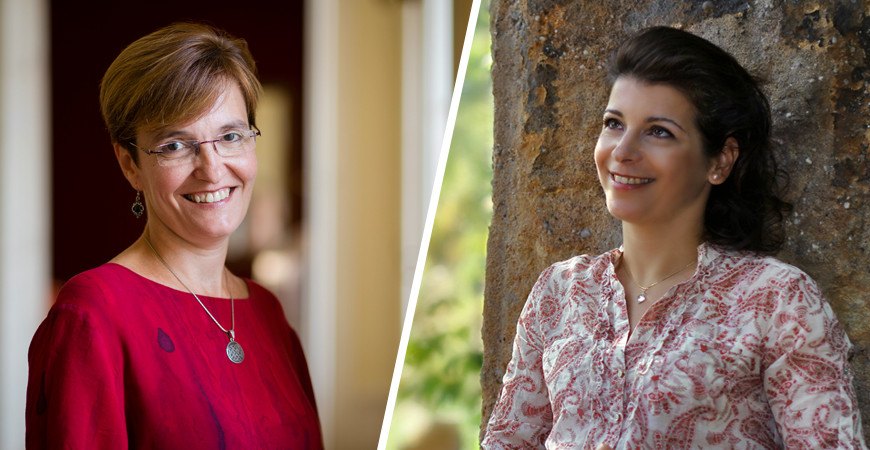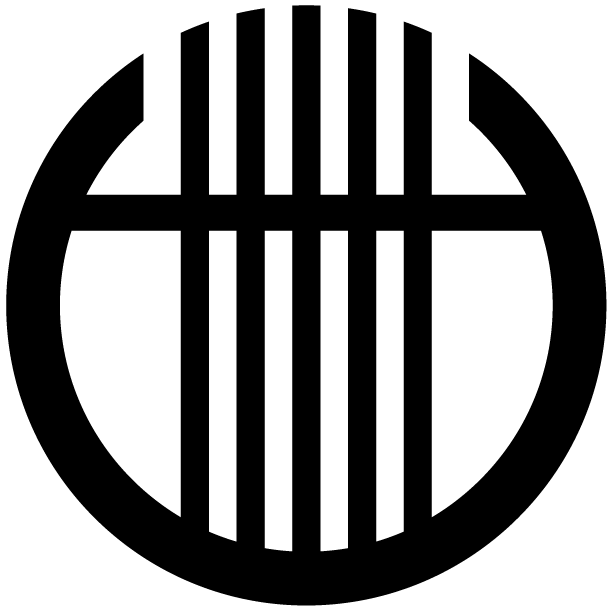
21 December 2019, 19.00-21.00
Solti Hall
Chamber Music, So Close
Márta Ábrahám & Mária Kovalszki  Presented by Liszt Academy
Presented by Liszt Academy
Performer change
Lajtha: Sonatina for Violin and Piano, Op. 13
Bartók: Andante, BB 26b
Barnabás Dukay: árnyék mutatta idő (instrumental monody for Violin and Celesta) - premiere
Dohnányi: Sonata for Violin and Piano in C-sharp minor, Op. 21
intermission
Grieg: Sonata for Violin and Piano No. 3 in C minor, Op. 45
Ravel: Sonata No. 2 for Violin and Piano in G major
Márta Ábrahám (violin), Mária Kovalszki (piano)
Several critics at the beginning of the 1900s considered pieces composed for violin and piano by a youthful Bartók to be works very much under the influence of Brahms or Grieg. They did not, however, go into detail as to whether Brahms or Grieg had the greater influence on the young artist. This concert of Márta Ábrahám and Mária Kovalszki is the perfect opportunity to consider the latter point; the programme is made up of rarely performed masterpieces selected from the rich duo repertoire. An example of the fact that the Norwegian composer remained a role model even for the mature Bartók is Grieg’s third sonata, in every movement of which the melodies and rhythms of his homeland’s folk music pulsate. The neo-Baroque tonalities and Bach-like texture of László Lajtha’s Sonatina “can always count on success among a progressive audience” opined Jenő Kerntler, pianist and music journalist. Naturally, he attached one other condition he considered vital: the work should only ever be entrusted to the hands of “first-class performers”. Márta Ábrahám and Mária Kovalszki, for example.
Presented by
Liszt Academy Concert Centre
Tickets:
HUF 2 500, 3 500


